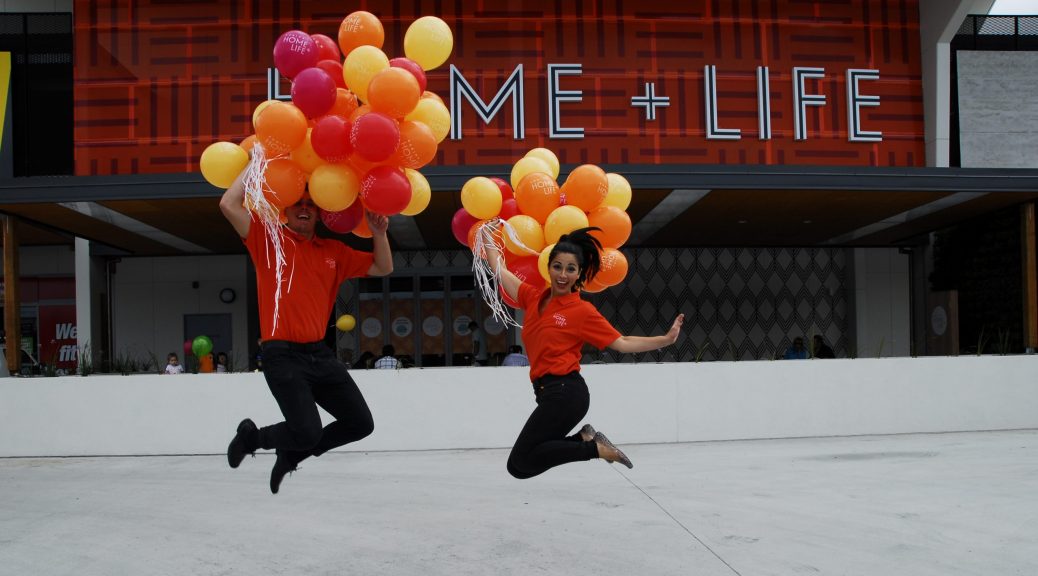A customer journey map is an incredibly useful tool to understand and improve your customer experience. A great customer journey map documents your customer’s experience from your customer’s eyes, helping you to understand not only how customers interact with your brand, but also identifies opportunities.
We are all consumers of low to high involvement products and services and there is no standard Customer Journey map. What is similar are the emotions that are felt at each stage of the journey.
These range from: excitement, anxiety, confidence and guilt. The goal of mapping the Customer Journey is to intercept the customer at each step and show them that we understand, removing the emotional barriers that provide a negative experience, ultimately impacting conversion timeframes.
The Stages of the Customer Journey in property development are:
Dreaming, Feasibility, Searching, Refining, Purchase, Building and Move In. To capture and remove barriers at each stage of the Customer Journey, the 8 Components below are important considerations:
- Represent your Customer’s perspective. The customer journey map needs to represent the interactions as your customer experiences it. It often includes interactions that happen outside of your control, such as a social media interaction or a web search.
- Use research. A strong customer journey map includes research that gives deep insight (interviews or surveys).
- Represent Customer segments. Different segments typically have very different customer experiences and emotions.
- Include Customer goals. Show your customer’s goals at each stage of the process. Goals can change as the process unfolds.
- Focus on emotions. Emotions are critical to any experience, whether B2B or B2C, and a great customer journey map communicates and recognises these emotions.
- Represent touch points. The customer journey map is often built to communicate the order and type of touch points – including those not in your control.
- Measure your brand promise. A critical outcome of a great customer journey map is measuring how your experience supports your brand promise.
- Include time. Each customer segment is different and will go through the journey at different rates. Customers also come in and out of market depending on the level of involvement and perceived risk.
A well drafted Customer Journey identifies key emotional and rational barriers providing a solid framework in designing brands, positioning and strategies that tap into all stages of the customer journey to improve conversion and brand performance.


